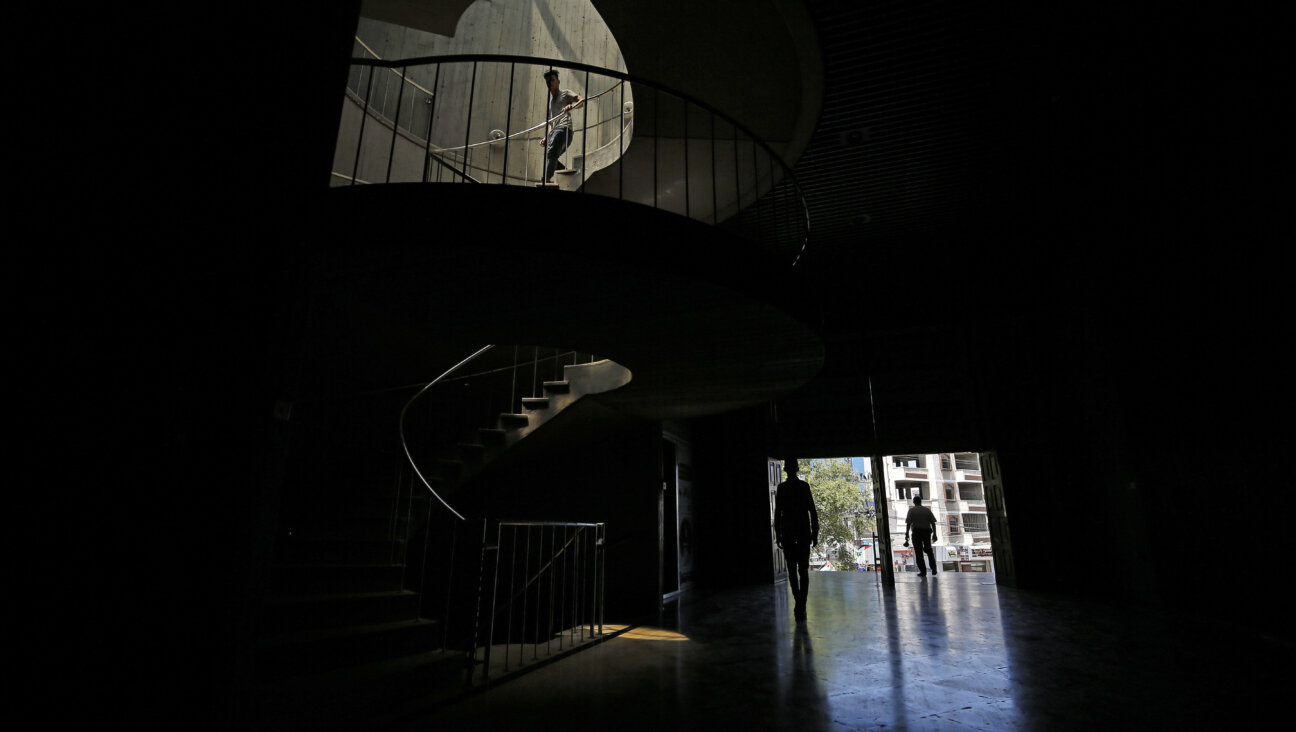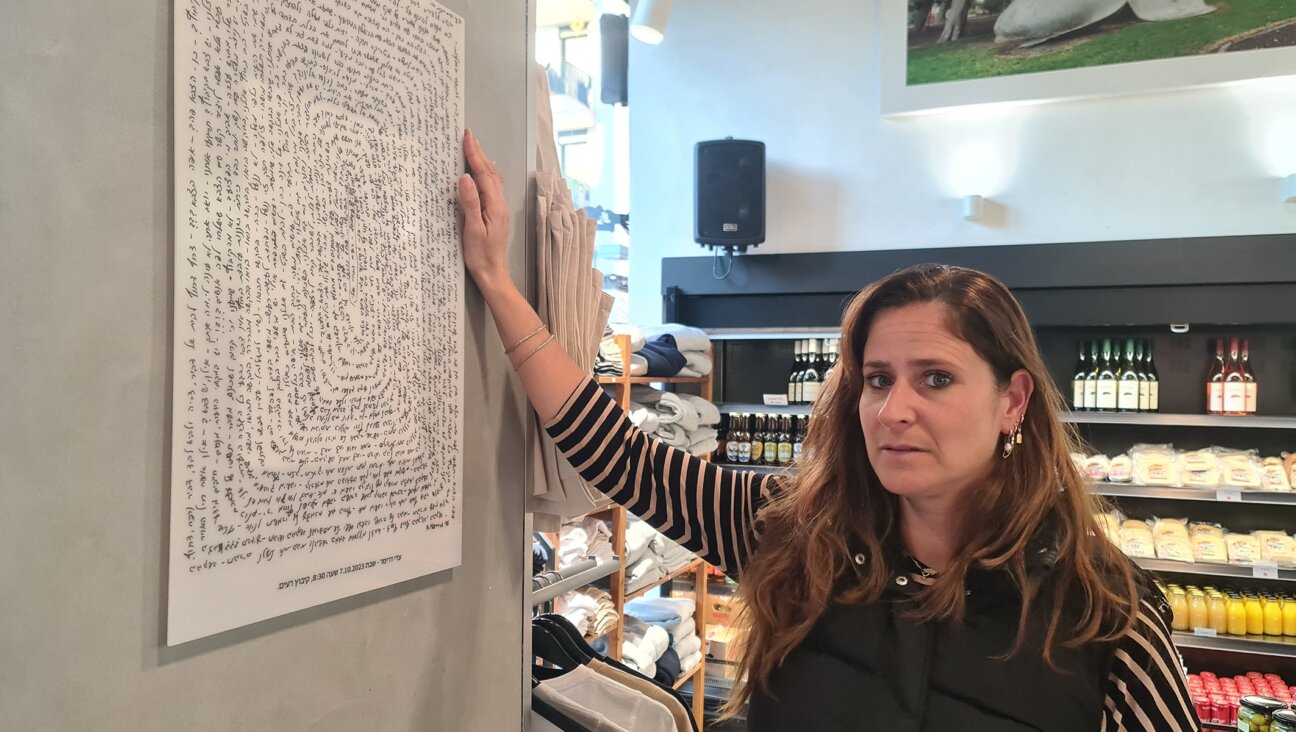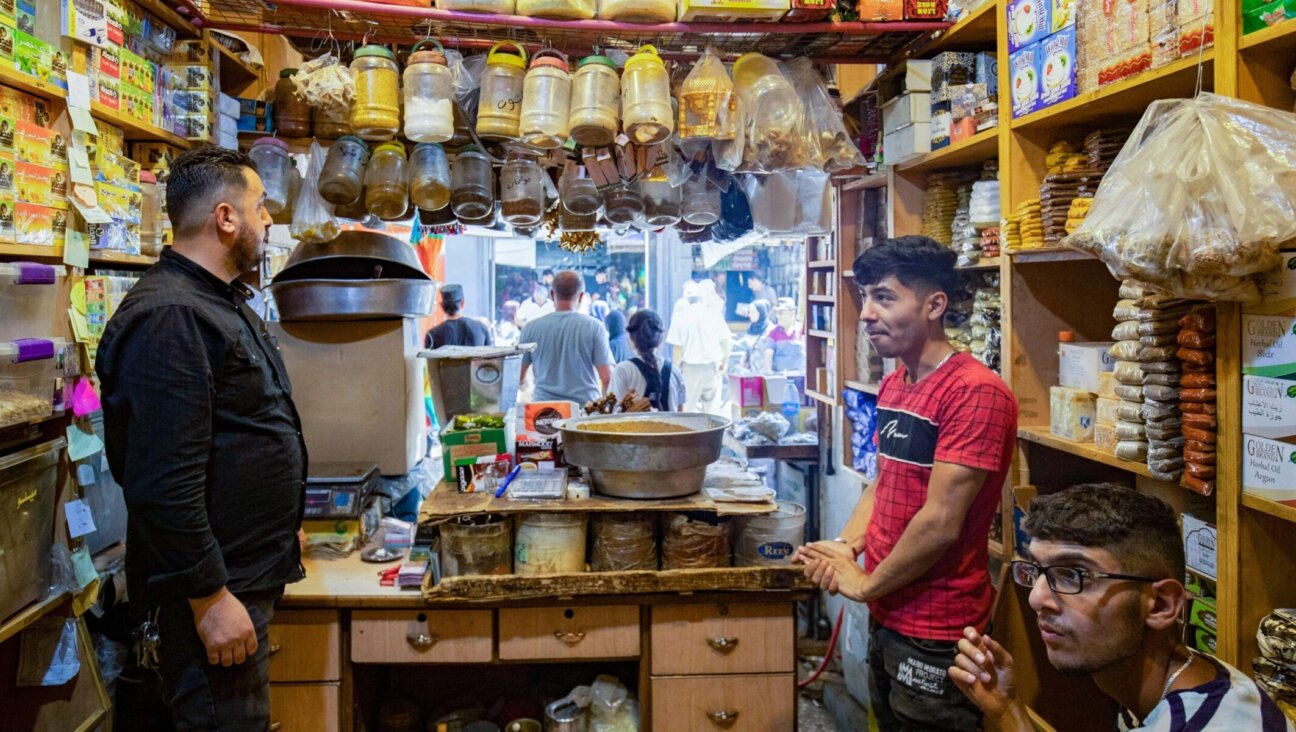A Rural Pesach
I was always vaguely aware that Passover was in some way an agricultural festival, but never realized that celebrating food could include consuming meat that came from animals I had known face to face. That was until last spring, when I spent Passover in Alamosa, Colo., a town situated in a high-altitude desert and populated by almost twice as many cattle as people. Spring is the windy season here, with gusts strong enough to pelt dust, sand and fertilizer (manure odor is part of this agricultural landscape in springtime) painfully at bare legs. Unlike spring in most places I have been, there is no greenery in Alamosa, where the rainfall rarely reaches more than 6 inches in a year.
There are, as is the case with much of rural America, not many Jews in Alamosa. When a Jew from the suburbs of New Jersey finds herself transplanted in America’s heartland during Passover (an unlikely coincidence, since my temporary job managing a flailing agricultural cooperative of family farms lasted only six weeks) with no Haggadah, no kosher-for-Passover matzo and no synagogue within reasonable driving distance, preparing a Seder suddenly seems even harder than using a heavy pitchfork to haul off hay from a moving truck.
I thought that Passover in Alamosa would be easy after a Seder in Santiago, Chile, where I struggled with the Spanish words for “bread without yeast” to describe matzo at the grocery store.
But in Alamosa (population 8,000), which serves as the metropolitan center for the entire valley in which it sits, flanked by three mountain ranges of 14,000-foot peaks and the New Mexican border, any form of a traditional Passover seemed hopeless. Without even a Seder plate, I enlisted Ruth, a 91-year-old Jewish woman from a New Jersey town near my own, to help cook and to supply the guests.
Ruth had hosted Passover celebrations before, sans Hebrew prayers, songs or much that resembled a traditional Seder, as far as I could tell. But the desolation of America’s rural cowboy country made me want a Seder that looked and smelled like Passover at home.
The cooking felt familiar, with the usual aromas of matzo ball soup and roast chicken. But the food all came from within spitting distance: The chickens had been bartered for steaks from the ranch where I was staying; the tomatoes came from a nearby greenhouse; the eggs were from a farm just to the south; the potatoes from practically under my feet and the wine from just over the mountains, and the beef was the product of a herd of cattle all named George that I had seen roaming the pasture a few months earlier.
The agricultural element of Passover is usually lost at a Seder. But when most of the food on the table is raised by somebody seated there with you, the emphasis the Seder places on farming is restored to a level of importance that it probably has not occupied since the earliest post-manna years.
When a few of Ruth’s family members and about 20 friends, most of whom had never participated in any sort of Jewish ritual, sat down to eat, the candles were already lit before I could gather attention for the b’racha. But the Seder proceeded with remarkable proximity to my hand-scrawled, photocopied Haggadah, with special attention to the interactive elements, like extracting drops of wine for the 10 plagues. I sang the four questions for the first time since my little brother was 5 (and I was 8). I let people call the festival “Pesatch.”
When I go back to visit Alamosa, some of the Seder guests call me a traveling rabbi. I will be in nearby Colorado Springs this year, but maybe one of the photocopied Haggadot will resurface in Alamosa in my absence. Last year in the Wild West, this year in civilization, next year in Jerusalem.
Sara Rubin is an editor for The Cipher, a monthly magazine published in Colorado Springs, Colo.
A message from our Publisher & CEO Rachel Fishman Feddersen

I hope you appreciated this article. Before you go, I’d like to ask you to please support the Forward’s award-winning, nonprofit journalism during this critical time.
We’ve set a goal to raise $260,000 by December 31. That’s an ambitious goal, but one that will give us the resources we need to invest in the high quality news, opinion, analysis and cultural coverage that isn’t available anywhere else.
If you feel inspired to make an impact, now is the time to give something back. Join us as a member at your most generous level.
— Rachel Fishman Feddersen, Publisher and CEO






















